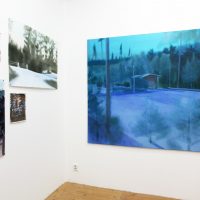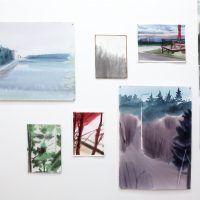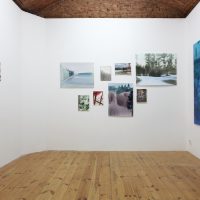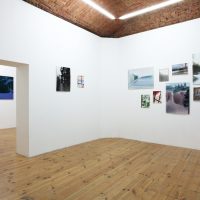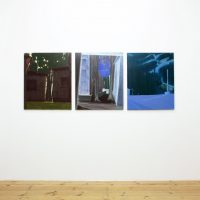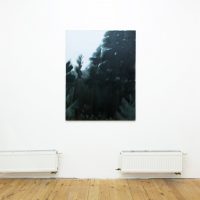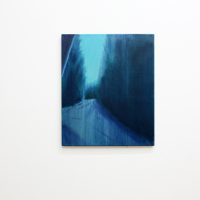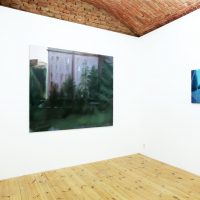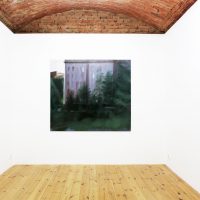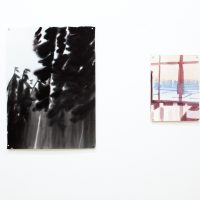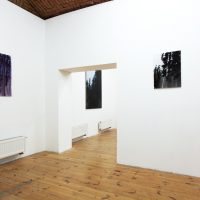12/7 — 24/8/2018
Although Petr Gruber works primarily in the studio, he has long endeavored to use his paintings for a poetic re-creation of his wanderings. His view of the landscape ranges from sober to deeply melancholic. Gruber paints the drama hidden in forest sceneries and the fascinating excitement associated with changes in light and weather. He often obsessively explores places that most of us might pass by without notice, but he also gives us enough room to become fully aware of the magic of the existence of such places and of the impossibility of not looking at them.
Petr Gruber possesses an impressive painterly vocabulary, and color plays an important role in his work. Nevertheless, his main aim is not to impart on the viewer a sense of being in a certain place at a certain time. Instead, he is more interested in creating a meticulous retrospective re-poetization – a detailed transcription – of the kinds of motifs we find among the Romantic poets and painters of the 19th century. For this reason, Gruber carefully considers how realistic or faithful his depictions of memory can be – i.e., what level of resolution to use or how sharply to define the outlines as a whole. He must decide exactly how many minor fragments to associate with each particular memory. He studies the crossroads between two-dimensional painting and three-dimensional transparency, between illusion and stylized form.
In his most recent series, Gruber explores wild landscapes where he is interested primarily in traces of civilization in the form of recreational areas and their architecture. He is enchanted by places that are equally calm and dramatic, picturesque and desolate. Gruber shows not only the conflict between seasonally inhabited places and an indifferently aggressive nature, but above all he depicts the sensitive observer of this uneven struggle – and this even though his paintings show not a single human figure, not a single movement. Nevertheless, the presence of people is as apparent as our distant memories of similar places that we, too, try to grasp and understand. In the end, we find them in Gruber’s paintings as living experience in which the inner and outer landscape flows together in one single harmonic exaltation.
curated by Michal Pěchouček
